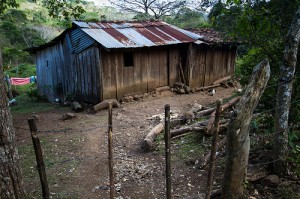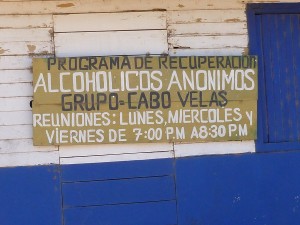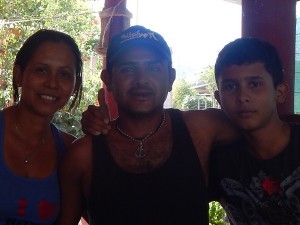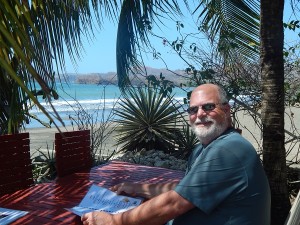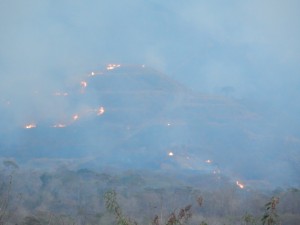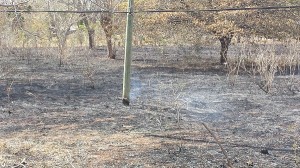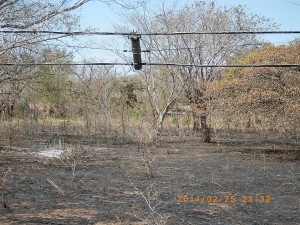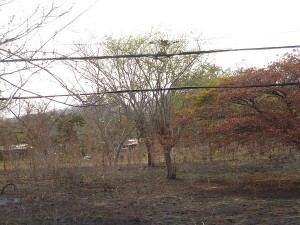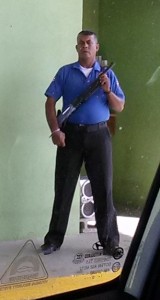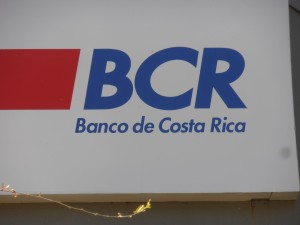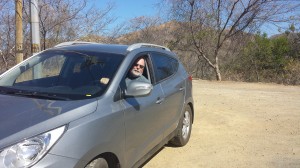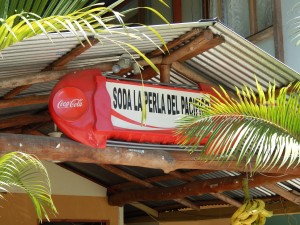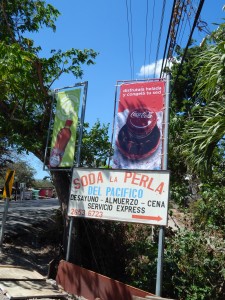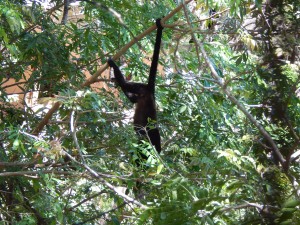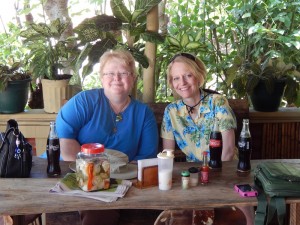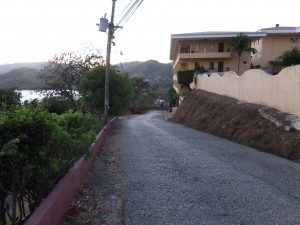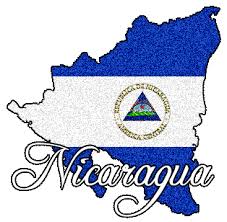 Off again to foreign lands…this time Managua, Nicaragua. I am spending 15 days here to check out another country, it’s people and culture, and in yet another futile attempt to learn Spanish.
Off again to foreign lands…this time Managua, Nicaragua. I am spending 15 days here to check out another country, it’s people and culture, and in yet another futile attempt to learn Spanish.
I started my journey on Monday and have been staying in a small apartment attached to a private home The family living in the home is simply delightful but speak no English; I speak no practical amount of Spanish. We communicate through Google Translate on the computer! I am also, intentionally, staying in a section of Managua that is not typically frequented by tourists so I would not be around Nicaraguans that wanted to practice their English on me. My thinking was that by being forced to use the language and being immersed in it daily, I would acquire some fluency more quickly. So, prior to the trip, I went on a hunt to find a nice room in a “local” neighborhood. I wanted a true Nicaraguan experience rather than a touristy one.
Just a few flaws in that thinking…
First, I found a very nice apartment online that was very reasonably priced. In fact it was a bargain, a steal, an irresistible chance to live among the locals just as they do and immerse myself. Upon arrival, the rooms were exactly as pictured in the ad. Very nice, clean, well decorated, the host was waiting for me and greeted me as I got out of the taxi from the airport. However, my two room plus bath apartment has no air conditioning and is hotter than a fresh batch of snickerdoodles. Now to be fair, I knew going in that there was no air conditioning and was assured there was a big fan there for my use. The fan was there as promised and it was a good size, BUT…it’s a thousand freakin’ degrees in here. A trip to the sun would be more comfortable. The fan does nothing more than blow the solar flares around the room. I feel like I’m about to spontaneously combust at any given moment.
Second, I am staying in a rather poor section of Managua. I feel safe but it is clear that the people here are not prosperous and, as a result, apparently do not eat out much. Now I’ve walked the neighborhood in every direction (about 5 miles a day) and have yet to find a real sit-down restaurant. I suspect that the folks are so poor in this area that eating out is simply not an option for them. There are numerous street vendors hawking all manner of goods and foods but I doubt Anthony Bourdain would eat from any of those carts. I have discovered that the local grocery store has a rather large food counter that serves meals cafeteria style with a dozen tables in the store. It is surprisingly well attended in the morning. Picture breakfast at the grocery store. Scrambled eggs with ham, a fried egg, sausage, and coffee. $1.94. Trying to pay in Spanish…priceless.
Third, using the local currency where no one speaks English is a challenge. Not only must you do the conversion to dollars in your head so you know if you are getting ripped off, but you also need to understand the numbers they are saying to you in Spanish with no chance in hell of an English translation. I have no “ear” for Spanish yet as all spoken numbers seem like one long syllable that matches none of the words I actually know. Now honestly I can count to 10 quite easily and with much effort can make it almost to 100 but a first grader can probably count higher in Spanish than I can. Combine that tidbit with the Spanish tendency to speak faster than a speeding bullet and it adds up to…well, a very confused Gringo.
I have very shrewdly developed a foolproof system. I simply show the cashier a wad of cordobas (the local currency) and let her pick out how much she wants !!! It works every time and I get a smile from the cutest cashiers.
I embarked on this journey for an adventure, and for better or worse, I’m going to have one. If I wanted to stay at a Hilton or Marriott, I could have done so anywhere back in the USA. The whole point of staying at a place like this is to be away from the tourist traps. I want to see the culture first hand by living among the locals. Immersion in Spanish is the goal and other than a street hustler that his assistance “to help you, God Bless America!”, I’ve spoken no English to anyone here (Spanish is not improving much as my latest strategy is to simply not say anything !!!).
Already I sense a slightly better tolerance for the heat….at least better coping strategies. I was quite comfortable sleeping last night and do very little in the heat of the afternoon. Siestas seem to have a real purpose here. I have walked A LOT during the early morning and late afternoon when it’s cooler exploring the neighborhood and the streets around where I’m staying.
Hasta luego !!! I’ll keep you posted.

